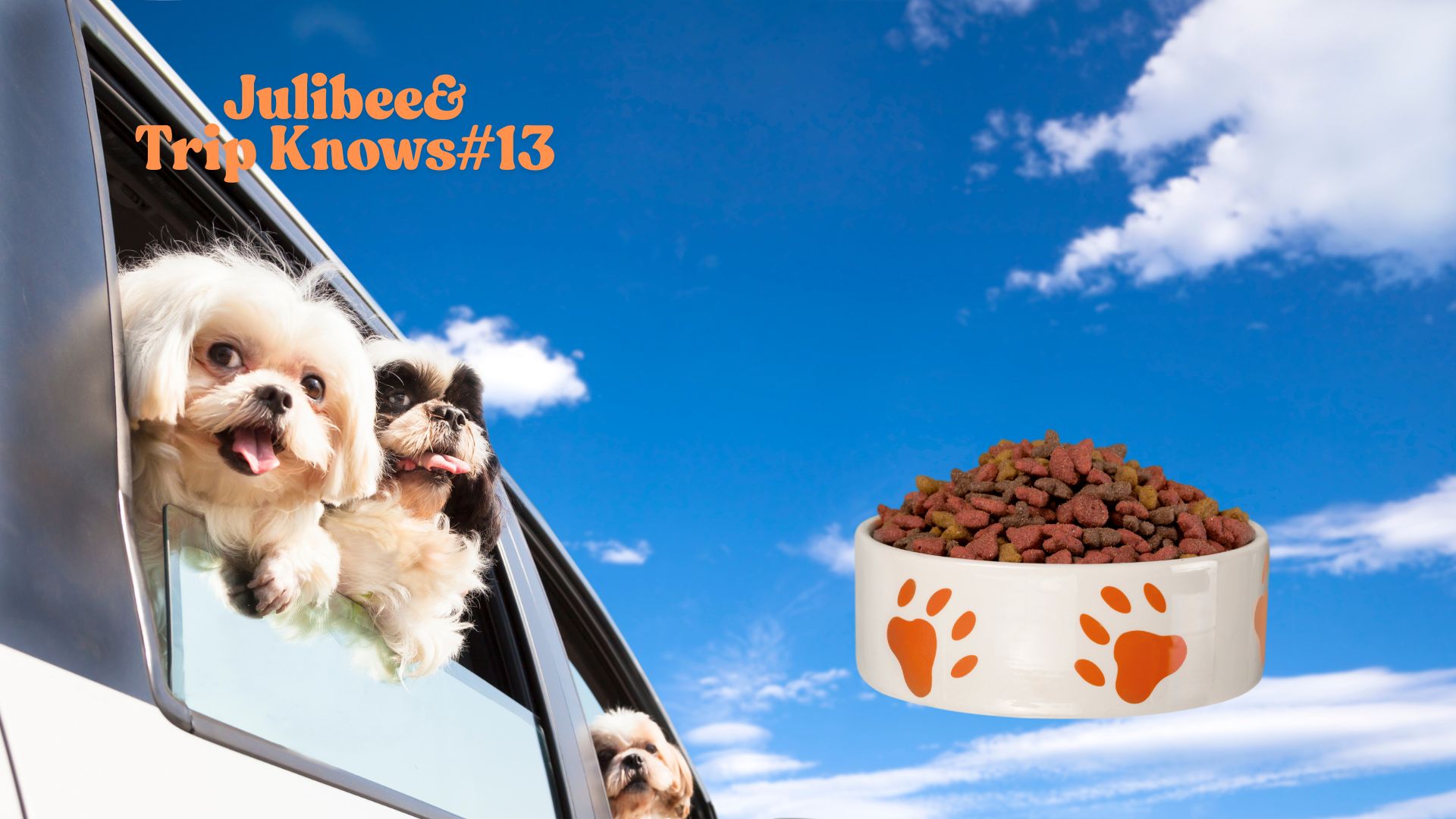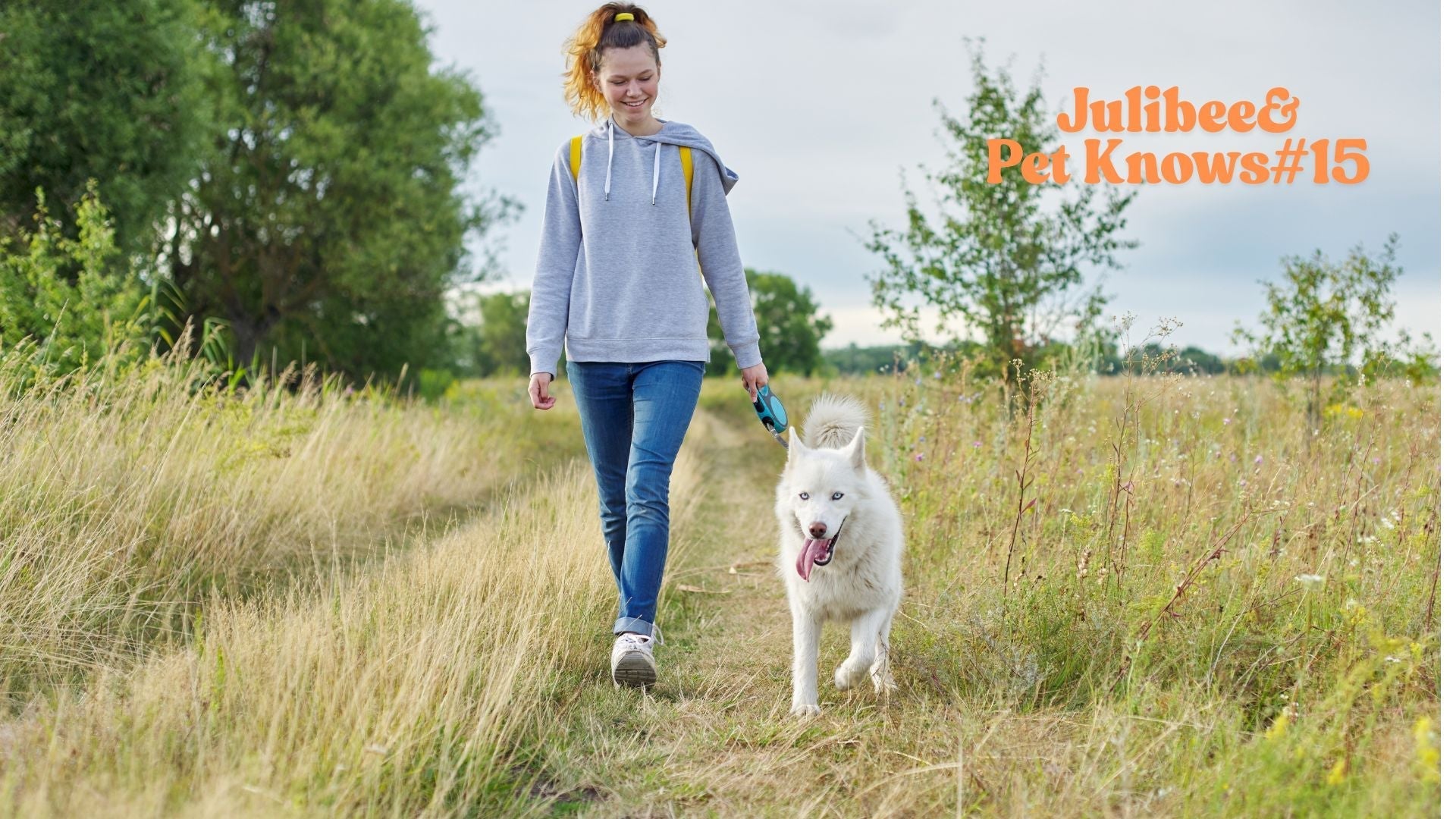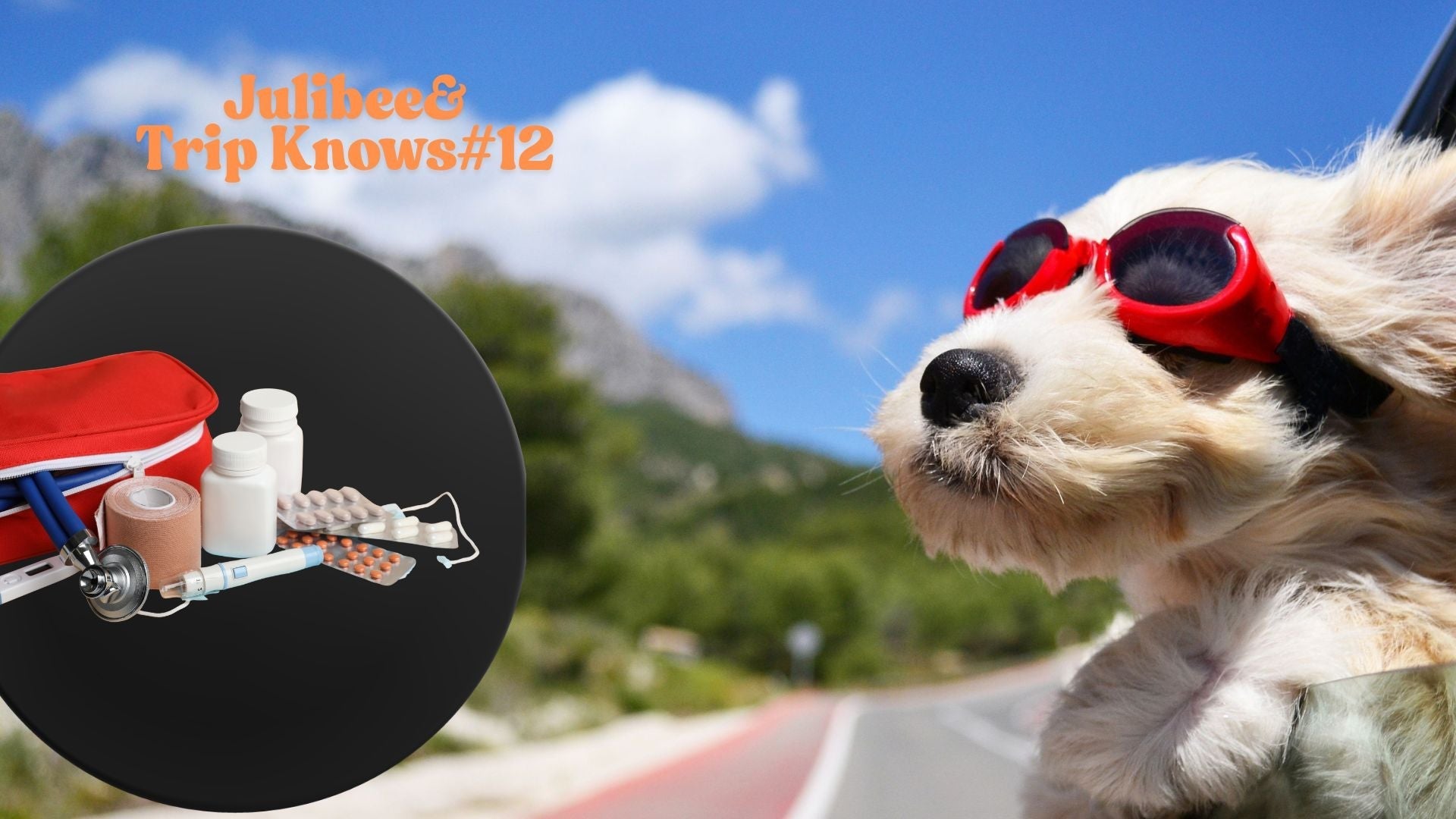
On-the-Go Grub: Keeping Your Dog's Diet Healthy While Traveling
On-the-Go Grub: Keeping Your Dog's Diet Healthy While Traveling 🐾🍽️🚗
Hitting the open road with your best furry friend? There's nothing quite like it! But amidst all the excitement, it's easy to overlook one crucial aspect of your dog's well-being: their diet. Travel can throw a wrench into a dog's routine – new environments, disrupted schedules, and sometimes, less-than-ideal eating conditions.
We know that a happy traveler is a well-fed traveler. Maintaining your dog's regular and healthy diet while on the go is key to their comfort, health, and overall enjoyment of the trip. Let's dive into some essential tips to keep their tummies happy, no matter where your adventures take you.

A. Packing Food: Quantity & Preservation is Key 📦 freshness
Your dog's food is the cornerstone of their travel health. Don't leave home without a solid plan!
- Pack More Than You Think You Need: Always bring at least 2-3 extra days' worth of food beyond your estimated trip duration. Delays happen – unexpected detours, bad weather, or even just misjudging how much your dog might eat with all the excitement. Better safe than sorry!
- Stick to Their Regular Diet: This is crucial! Introducing new food suddenly, especially in a new environment, is a recipe for an upset stomach. Pack your dog's usual kibble, wet food, or raw diet. If you must change foods, do so gradually over several days before you leave.
- Seal It Up Tight: Moisture and critters are not your friends. Use airtight containers or sturdy, sealable bags (like large Ziploc bags or dedicated food storage containers) to portion out food and keep it fresh, dry, and free from pests. This also prevents odors from permeating your car or luggage.
- Special Dietary Needs: If your dog is on a prescription diet, has allergies, or requires specific supplements, double-check that you have an ample supply of these specialized items. Replenishing them on the road can be challenging.
- Treats for Comfort & Training: Pack a small supply of your dog's favorite treats. These aren't just for rewards; they can be invaluable for soothing anxiety in new places or reinforcing good behavior during potty breaks.
B. Feeding Times & Locations: Consistency is Comfort ⏰ placid
Routine provides immense comfort for dogs, especially when their world is shifting.
- Maintain Routine Times: Try your best to stick to your dog's regular feeding schedule. If they typically eat at 8 AM and 6 PM at home, aim for those times on the road. This familiarity helps reduce stress.
- Choose a Calm Spot: Avoid feeding your dog while the car is moving. When you stop for a meal, find a quiet, low-traffic area where they won't be distracted or stressed. A secluded picnic area, a quiet corner of a rest stop, or inside your hotel room works well.
- Potty & Play Before Food: It's a good practice to let your dog have a potty break and a short stretch or walk before offering food. This helps them relax and digest better.
- Avoid Strenuous Activity After Eating: Especially for larger, deep-chested breeds, strenuous exercise immediately after a meal can increase the risk of bloat (gastric dilatation-volvulus), a life-threatening condition. Allow at least an hour of rest after eating before engaging in vigorous play.
C. Hydration: More Crucial Than Food! 💧 H2O
Water is arguably the most critical component of your dog's travel health. Dehydration can happen quickly, especially in warmer climates or during long drives.
- Ample Fresh Water Supply: Always have an abundance of fresh drinking water readily available. Bottled water is a safe bet if you're unsure about local tap water quality.
- Portable Water Bowls: Invest in a collapsible silicone bowl or a travel water bottle with an attached dispenser. These are incredibly convenient and easy to clean.
- Offer Frequently: Every time you stop for a break, offer your dog water, even if they don't seem thirsty. Just like humans, they might not realize they're dehydrated until it's too late.
- Avoid Unknown Water Sources: Resist the urge to let your dog drink from puddles, rivers, lakes, or stagnant water unless you are absolutely certain of its safety. These can harbor harmful bacteria, parasites (like Giardia or Leptospirosis), or even toxic algae.
D. Dining Ware & Cleanup: Keep It Sanitary 🧼🍽️
Cleanliness prevents tummy troubles and keeps your travel space tidy.
- Easy-to-Clean Bowls: Opt for stainless steel or silicone bowls as they are durable, lightweight, and easy to wipe clean.
- Regular Cleaning: Wash your dog's food and water bowls after every meal. This prevents bacteria buildup, which can lead to digestive issues. A quick rinse with hot water and a small amount of dish soap, followed by drying, is usually sufficient.
- Wet Wipes & Paper Towels: Keep a roll of paper towels and a pack of pet-safe wet wipes handy for spills, messy eaters, and quick cleanups of bowls.
E. Dealing with Upset Stomachs 🤢 vet
Even with the best planning, an upset tummy can happen. Knowing how to react can prevent a minor issue from becoming a major problem.
- Observe Symptoms: Pay close attention to any changes in your dog's behavior, appetite, or bathroom habits. Vomiting, diarrhea, lethargy, or loss of appetite are all red flags.
- Brief Fasting (with Water): For mild digestive upset (e.g., a single instance of vomiting or loose stool), your vet might recommend a short fast (6-12 hours for adults, never for puppies) where you only offer small, frequent amounts of water.
- Carry Probiotics/Anti-Diarrhea Meds: Under your vet's guidance, you might carry pet-specific probiotics (to help rebalance gut flora) or anti-diarrhea medication like Kaolin-Pectin. Never administer human medications without veterinary advice.
- Seek Vet Care Promptly: If symptoms persist, worsen, or are accompanied by other worrying signs (e.g., blood in stool/vomit, extreme lethargy, repeated vomiting), do not hesitate to locate the nearest emergency veterinary clinic.
F. Just Say No to Human Food 🚫🍔
This is a rule to live by, especially on the road where your dog might be more prone to scavenging or begging.
- Resist the Pleading Eyes: While it's tempting to share your road trip snacks, human food (especially high-fat, salty, or sugary items) can wreak havoc on a dog's digestive system. Foods like chocolate, grapes/raisins, onions, garlic, and xylitol (a common sugar substitute) are highly toxic and can be life-threatening. Stick to their dog food and approved treats.
Final 🎉🍽️
Caring for your dog's diet while traveling is an essential part of responsible pet ownership. By being prepared, maintaining routines, and prioritizing hydration, you'll ensure your canine companion stays healthy, happy, and ready for all the adventures the journey brings.
What are your go-to tips for feeding your dog on the road? Share your wisdom in the comments below! 👇

